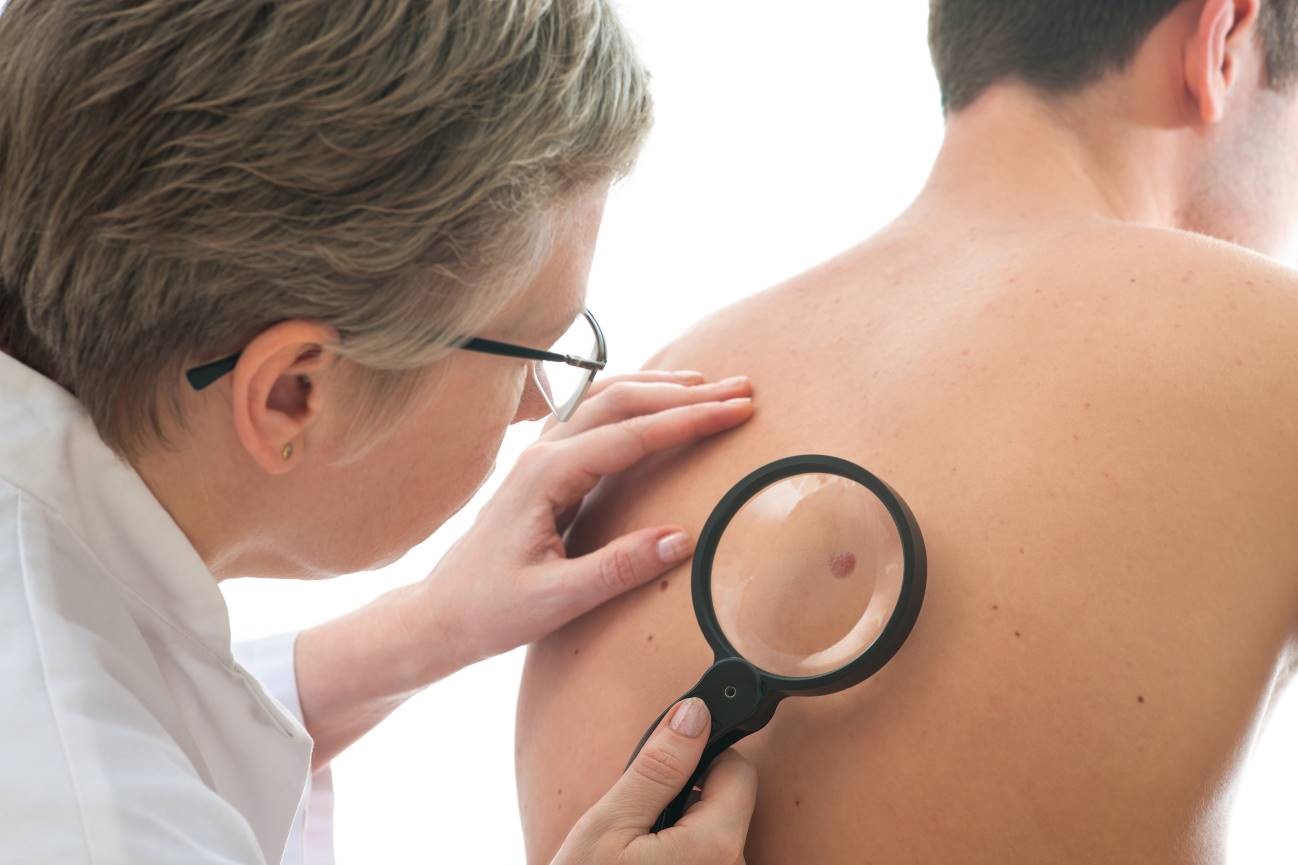Moles are often harmless. Sometimes, they are even considered as beauty marks. Take Cindy Crawford for example. Without her distinguishable mole, she would not have been the supermodel every person growing up in the 90s knew.

There are moles, however, that can be life-threatening. Melanoma, which is characterized by the development of a cancerous mole, is one of the deadliest types of skin cancer. Ask any dermatologist in Salem, and they will tell you that removing this mole as soon as possible is the best way to prevent cancer from spreading.
What Are the Signs?
Fortunately, it is quite easy to spot melanoma. You only have to check the moles on your skin if any has changed in size, shape, color, texture, or asymmetry. You can use the following categories to see if any of the moles in your body has turned cancerous.
Asymmetry – When your mole has an irregular shape, like a rectangular shape rather than a circular one, you should have it checked with your dermatologist.
Border – Feel your mole and check if the edge is irregular or notched. Most mole edges are smooth, so your mole should not feel rugged. Also, see if any of your moles have grown too big. Cancerous moles often grow larger than a pencil eraser.
Color – A normal mole often sports a uniformed color. If your mole has dark spots in some areas, have yourself checked for melanoma.
Texture – See if your mole seems to be changing in texture. For example, is your mole on the arm starting to become scaly instead of being smooth? Also, if your mole bleeds now and then, you should consult your physician to see if you have skin cancer.
Evolving – When your mole seems to be changing its shape, size, color and texture, you could be developing a melanoma. Go to your dermatologist to have it checked so that if it is melanoma, it can be extracted right away to keep the cancer cells from spreading.
What Are Other Symptoms?
There are also other ways to detect melanoma. This is good because some people may already be developing this type of skin cancer, but they are not exhibiting any of the symptoms mentioned above.
If you are not experiencing these signs, check for the following symptoms, too.
Persistent sores – If you have sores that do not seem to heal, you might be developing melanoma.
Itchiness, pain, or tenderness – You might write off your itching sensation to other skin conditions like eczema. But if your itching sensation comes with pain and tenderness, consult your physician immediately.
Eye problems – Are you finding it hard to see clearly? Have you suddenly lost your sense of sight? Have your iris checked for dark spots because these are possible indications of skin cancer.
You must detect the early signs of melanoma in order to prevent the cancer cells from spreading throughout your body. Be vigilant and always check your skin, especially your moles, for these symptoms.

